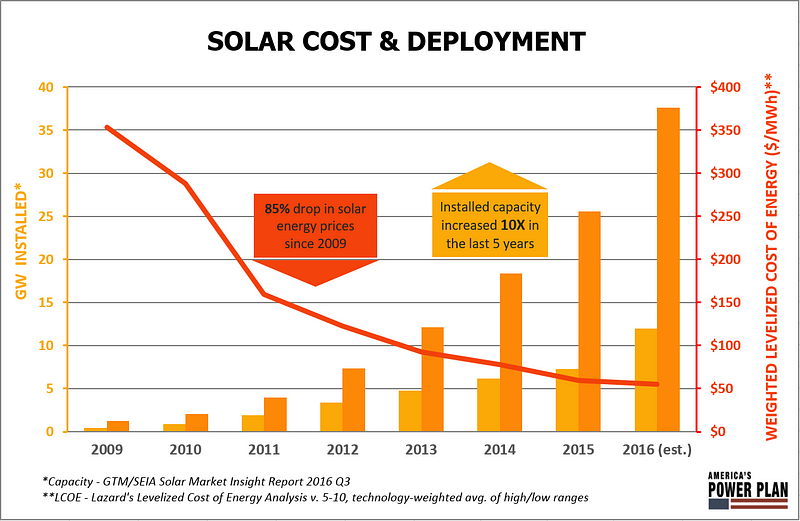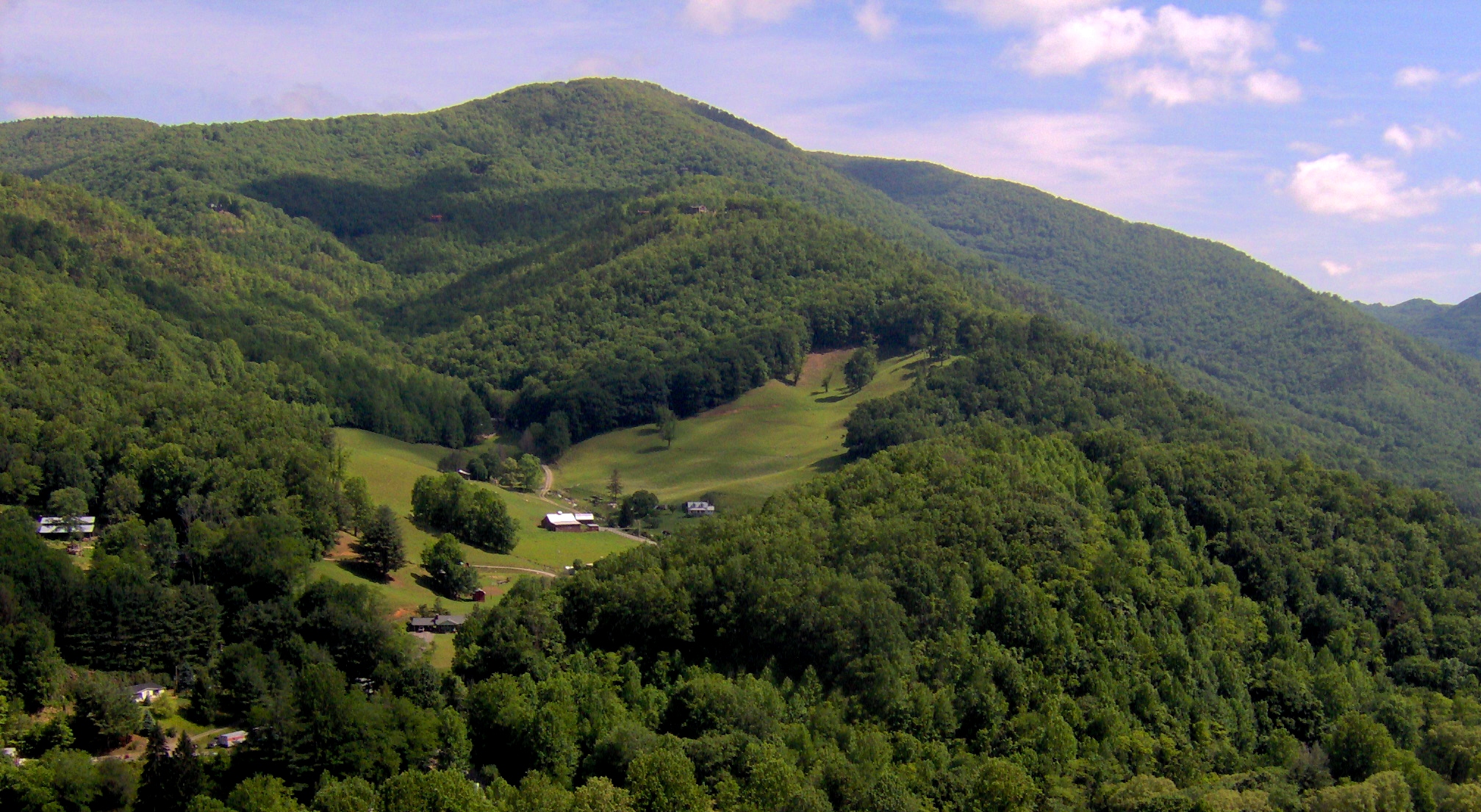danielpalos
Diamond Member
- Banned
- #321
solar and wind ratios could be changing as fast as advances in technologies allow.it's 30% because we started using natural gas insteadWind And Solar Are Our Cheapest Electricity Sources — Now What Do We Do?
By Mike O’Boyle
For years, debates about how to reduce carbon emissions from electricity generation were framed as trade-offs: What is the cost premium we must pay for generating zero-carbon electricity compared to fossil fuels, and how can we minimize those costs?
Fortunately, the holidays came early this year for renewable energy in investment company Lazard’s annual report on the levelized cost of energy (LCOE) for different electricity-generating technologies — renewables are now the cheapest available sources of electricity. This flips the question of clean versus cost on its head, and in 2017, we’ll be asking how much can we save by accelerating the renewable energy transition?
The story from Lazard’s 10th annual report is clear. Rapid technology cost reductions mean wind and solar are now the cheapest form of generation in many places around the country, without counting federal subsidies like tax credits.
What is levelized cost of energy?
Lazard uses the LCOE analysis to identify how much each unit of electricity (measured in megawatt-hours, or MWh) costs to generate over the lifetime of any power plant. LCOE represents every cost component — capital expenditure to build, operations & maintenance, and fuel costs to run — spread out over the total megawatt-hours generated during the power plant’s lifetime.
Because different plants have different operating characteristics and cost components, LCOE allows us to fairly compare different technologies. Think of it as finally being able to evenly compare apples to oranges.
How wind and solar are winning the day
According to Lazard, wind costs have fallen 66 percent since 2009, from $140/MWh to $47/MWh.

Large-scale solar’s cost declines have been even more dramatic, falling 85 percent since 2009 from more than $350/MWh to $55/MWh.

Compare this with the cheapest form of conventional fuel-fired generation today — natural gas-fired combined cycle power plants whose LCOE averages $63/MWh.
Wind And Solar Are Our Cheapest Electricity Sources — Now What Do We Do? – America’s Power Plan
Coal is dead. Natural gas will follow in a couple of decades. Wind and solar will continue to decline in price, and grid scale batteries will make them 24/7, and create a distributed grid far more robust than our present grid.
I remember USMB republicans mocking wind and solar. They said you still need coal and oil to make wind and solar. They said it was ridiculous
Less than a decade ago, the U.S. got about half its energy from coal, and today that figure is around 30 percent.
renewables that are really becoming less costly and really beginning to penetrate the market. Over the last decade, they've tripled in the amount they account for.
So it's coal 34%
natural gas 30%
Nuclear 20%
Hydro 7%
wind 5%
Solar 1%
oil 1%


